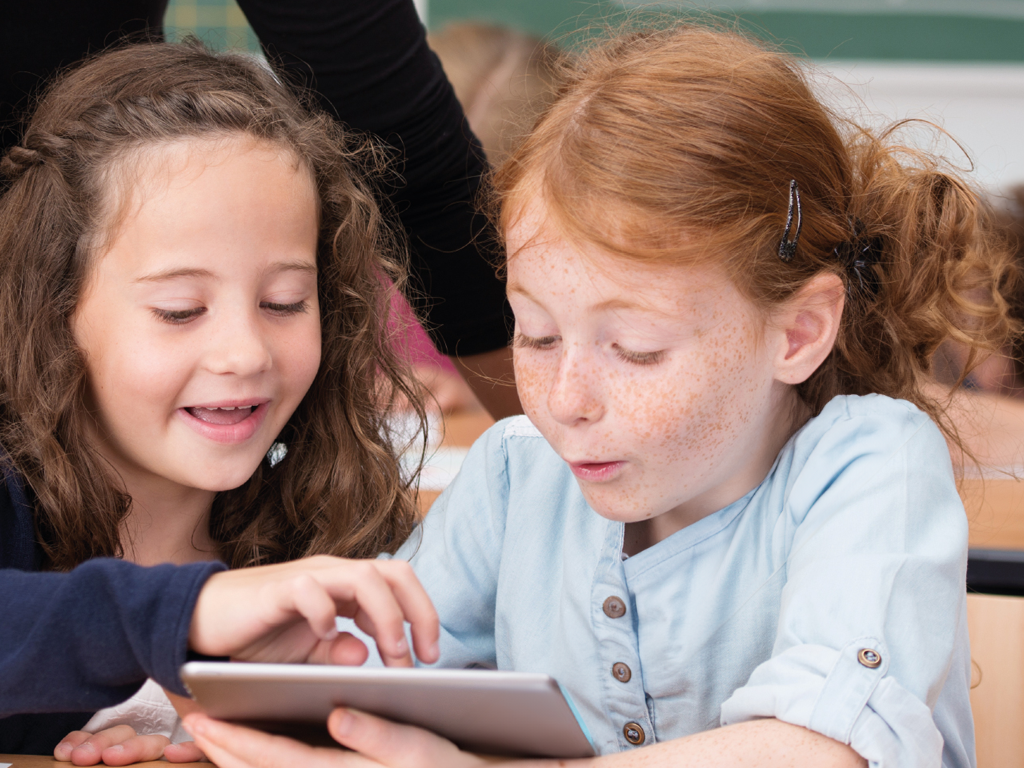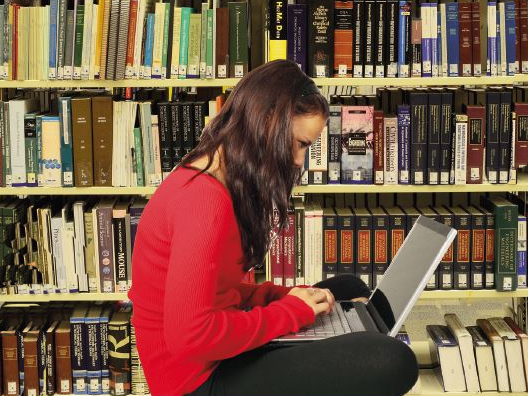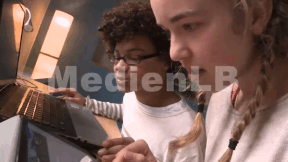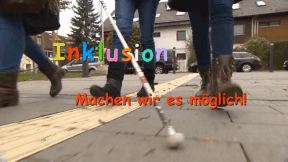 Primary School
Primary School
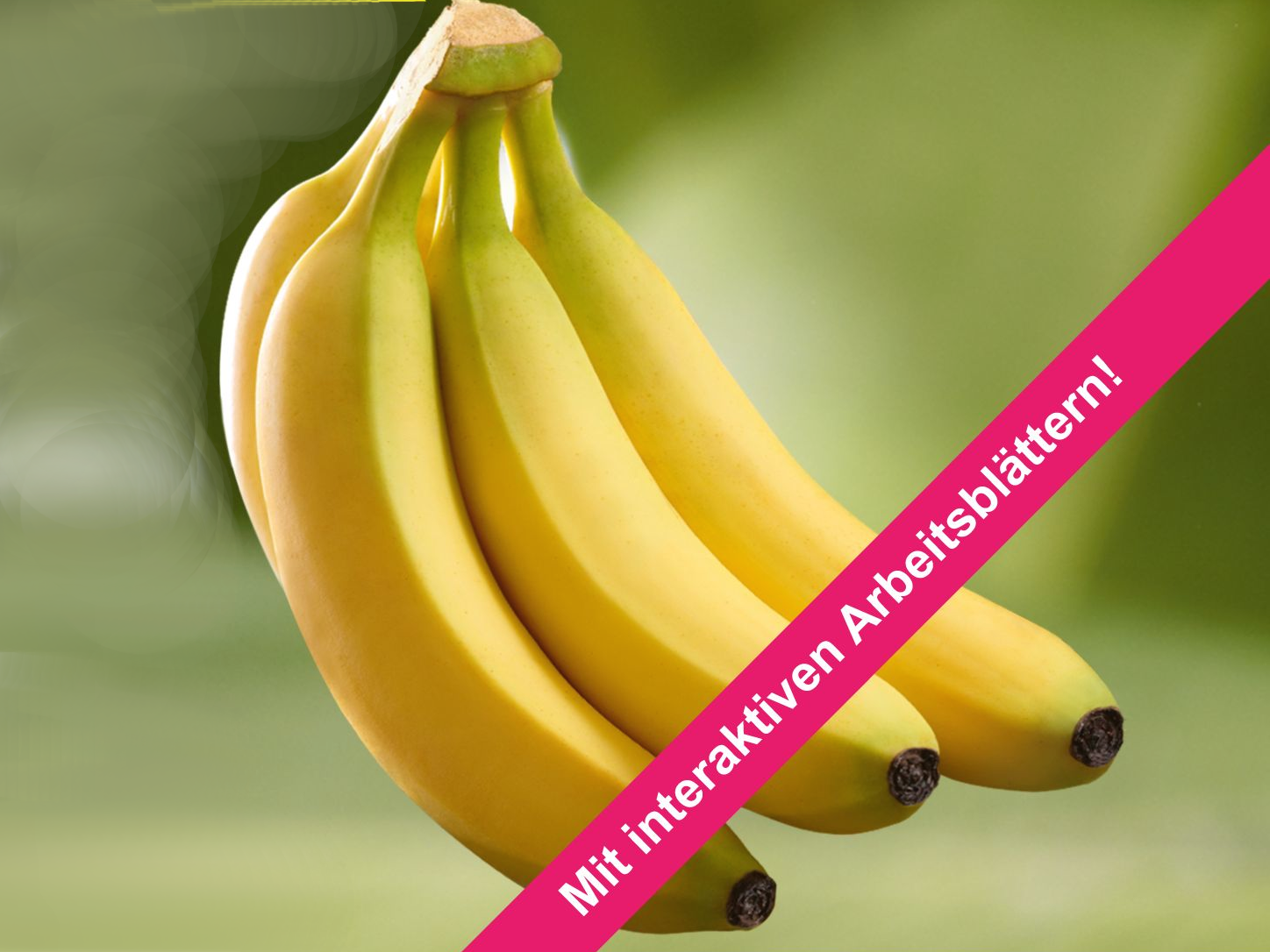

4668757 / 5560023
Banana
Sweet Energy Booster
Bananas can be bought at any supermarket today. We eat them raw or make them into cakes, shakes and ice-cream. But where do bananas come from? How have they got to the supermarket? On plantations in Costa Rica bananas are cultivated in an elaborate process. It is most important that bananas always have enough heat, sun and water. When the bananas are harvested, the workers carefully cut them off with machetes and take them to the packaging station. From there they are transported to the container ships by lorry. In the process the fruits undergo constant quality control. Storage temperature is important as well. After about three weeks the bananas are ready for sale at our supermarkets. The film illustrates the development of the banana from planting to harvest and the subsequent transport until they are finally sold at our supermarkets. Why does the banana not rot on the journey? Why is the banana bent? These and more questions are vividly answered. With the extensive accompanying material the didactic DVD is perfectly suited for use in the classroom
Play trailer
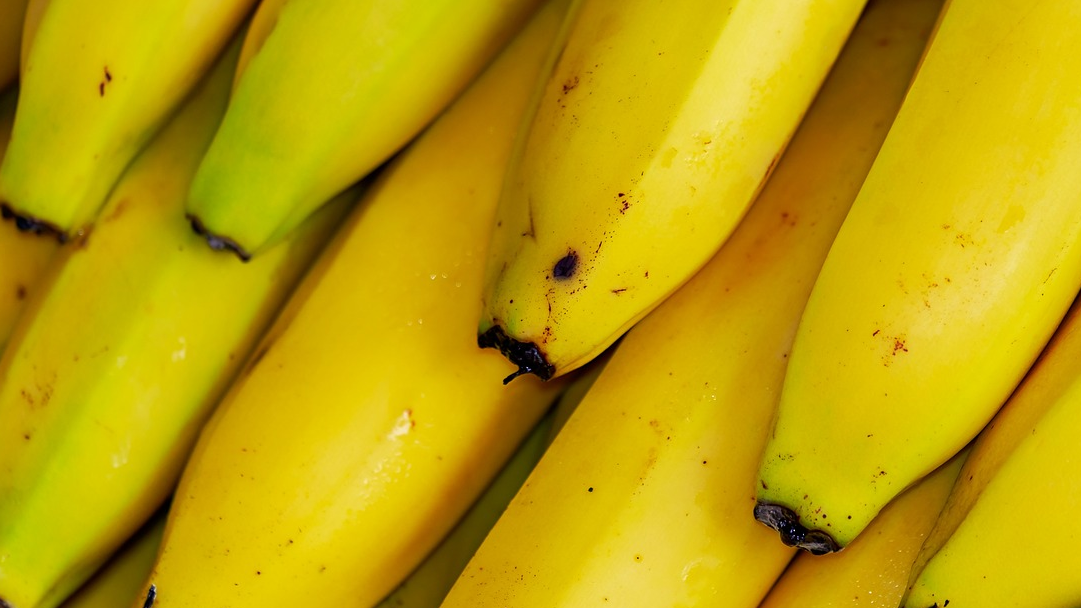
Curriculum-centred and oriented towards educational standards
Matching
Mobile Learning II
Oh, what’s that? Original soundtrack Thissen: “As our children grow up in a media world and naturally handle the media, they should also be a topic in school.“ An older child says the point is that they don’t just load down apps but create things themselves that haven’t existed so far. Hi, I’m Jana. A propeller hat. I’ll put it on. Now I’m no longer a simple rhino, but a flying rhino. Original soundtrack Thissen: “It’s exactly the great flexibility of tablets that promotes very personalised and adapted learning.” Original soundtrack Welzel: “It’s fascinating to see how the children grow with their products and how they always want to improve them.” The Westminster Abbey is a church in London for the royal family. Original soundtrack Welzel: “And?“ They think it is ok.
Inclusion
Madita is eleven and blind. She does not want to go to a special school but to a regular grammar school. She says she feels "normal" there. Jonathan is eight and has a walking disability. He likes going to the school where he lives. Here, his best friend sits next to him. Max Dimpflmeier, a teacher who is severely deaf, explains that school life is not easy. Quote Max Dimpflmeier: "You don't want to attract attention, you want to avoid saying that it is necessary for you that 70 people adjust to your situation." People on their way to inclusion.




